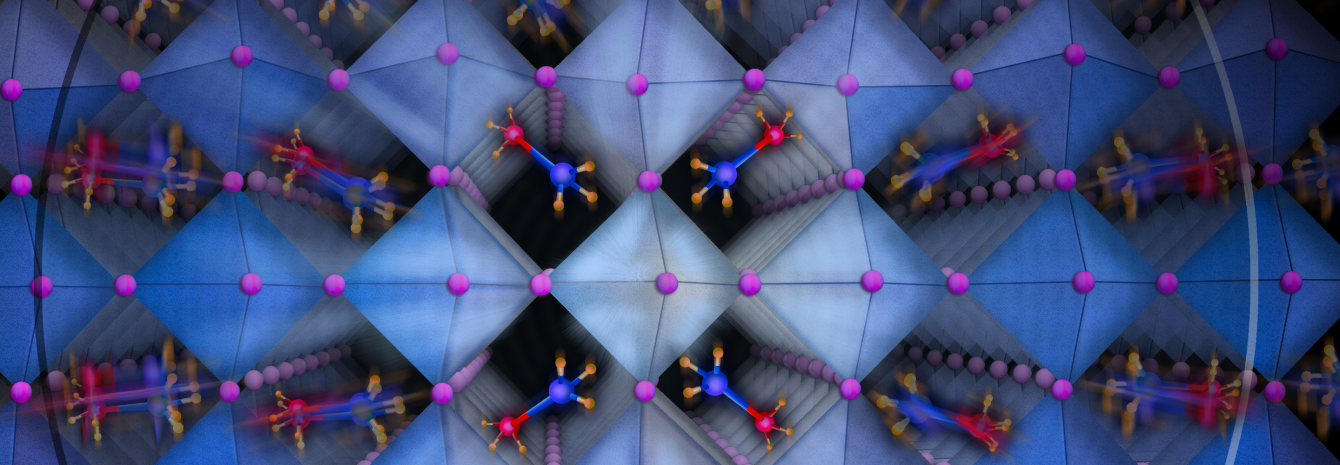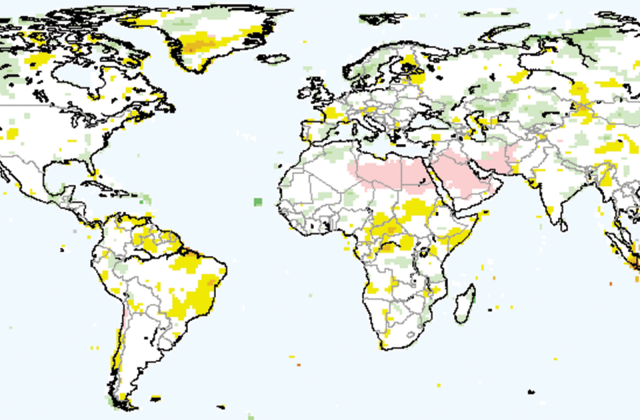Can we design more efficient solar cells?

While it has been said there's nothing new under the sun, Columbia scientists have found new ways to use the star's power—unlocking a better way to harvest solar energy. This new technique could boost solar energy use and reduce the burning of fossil fuels.
Columbia chemistry professor Xiaoyang Zhu and his team uncovered new efficiencies in solar cell ingredients known as Hybrid Organic-Inorganic Perovskites (HOIPs). Their discoveries could spur engineers to begin inventing new solar materials in the years ahead.
Most solar panels are made from silicon panels, which are notoriously fragile and expensive to manufacture. Even a microscopic defect in silicon can reduce the amount of sunlight converted to energy. Because they don’t need to be pristine, HOIPs can be produced on a large scale at low cost.
“We’re talking about potentially doubling the efficiency of solar cells,” says Prakriti P. Joshi, a graduate student in Zhu’s lab. “That’s really exciting because it opens up a big, big field in engineering. This shows we can push the efficiencies of solar cells much higher than many people thought possible.” Learn more.
Make Your Commitment Today




